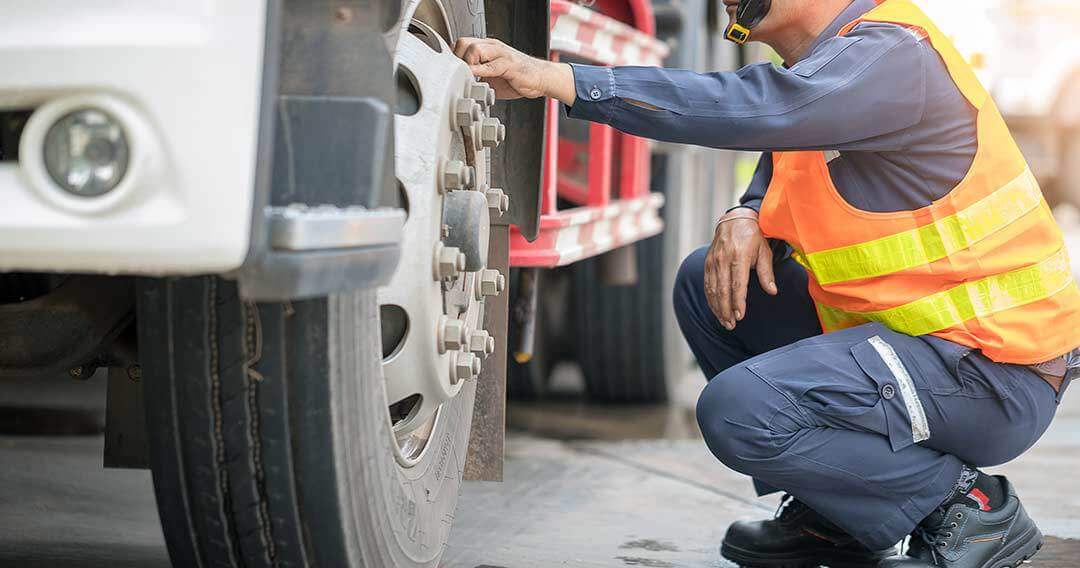Like many industries, the trucking industry has had to adapt in very specific ways in response to COVID-19. However, the industry was already struggling with driver retention, decreases in flexibility, and increases in demand. The sudden demands placed on the trucking industry by COVID-19 could be the catalyst that pushes the industry to drive innovation and seek new creative solutions, especially when it comes to safety software. Here’s a look into the future of logistics for trucking.
The Struggles and Adaptations of the Trucking Industry
Even before the COVID-19 pandemic, the trucking industry struggled to adjust to a younger workforce. Millennial workers want to feel passionate about their jobs and don’t particularly enjoy the long hours away from home. In addition, electronic logging devices (ELDs) are frustrating for current workers as they can restrict drivers’ freedom and aren’t indicative of actual work time. However, some companies have overcome these challenges by adding incentives to drivers such as higher pay rates or even hotel stays to make the job less taxing.
Companies can improve user experience on all sides by exploring new technological developments in their logistics process. Blockchain technology, in particular, can be used to track a product as it moves from the maker to retailer to customer while simultaneously keeping the customer updated about the package status and allowing the company to adjust the supply chain as needed. Employing AI such as Autonomous Tracking that responds to road conditions and the driver’s skills can also help companies in the industry cut transportation costs and reduce fuel usage. It can even result in less paperwork.
The Impact of COVID-19
The pandemic has pushed the trucking industry to consider other innovations in order to make their logistics more efficient, safer for workers, and appealing to consumers. Developing e-files instead of hard-copy paperwork is just one way to keep drivers healthy in the age of COVID-19 by reducing physical exchanges between a driver and representatives from partner companies. This not only protects employees, but also creates a more efficient process on behalf of the trucking company and the customer.
In the past few months, the trucking industry began to focus on providing much-needed supplies to those medical workers on the front line as well as keeping physical and online retailers stocked with essential supplies. On the retail side, COVID-19 prompted a spike in both e-commerce and panic shopping. While some businesses closed their doors in an attempt to slow the spread of COVID-19, the pandemic has highlighted how essential the trucking industry and the lives of truck drivers are to the American way of life. The trucking industry needed to rely on new methods of efficiency in order to keep up with the increase in demand.
Looking Forward
COVID-19 certainly added more pressure to the trucking industry to perform to its highest capability, and with their efforts to improve, driver retention has also improved — one company saw a 50% turnover decrease — while other jobs and sectors have seen employment decreases. The question remains whether and how employee turnover rates can remain low as we move on from COVID-19. Some suspect that turnover may remain low through the end of the year, but it’s a difficult question to answer. For now, the trucking industry has had to rethink how to engage employees and provide productive alternatives to their old logistics method.
Many office workers had to transition to remote work in order to comply with health regulations and protect their coworkers. Consider the future implications for this change, though: If remote work can demonstrate equal or greater efficiency, relaying some office employees to work from home full-time can encourage companies to stand to save money on physical office space.
Experts expect that some consumer behavior will remain permanently altered even after we regain some semblance of normalcy. Even with the option to buy from physical stores, consumers will still choose e-commerce more frequently before. With this increase in e-commerce comes an increase of last-mile deliveries. Last-mile deliveries typically rely more on vans than trucks, and some transportation companies may look toward innovating those operations specifically and diversifying their types of transportation.
Anvl’s COVID-19 Solution
COVID-19 has already forced innovative developments in the trucking industry, and that innovation can continue if trucking companies are willing to change and protect their workers along the way. Anvl is here to help the trucking industry take on this new transition. We have developed Return to Work solutions specifically designed to assist industries who are adjusting to a hybrid of remote and onsite work. Our workflows assist you in remote visibility into work processes and day-to-day operations and safety protocols to ensure that your workers are protected.


